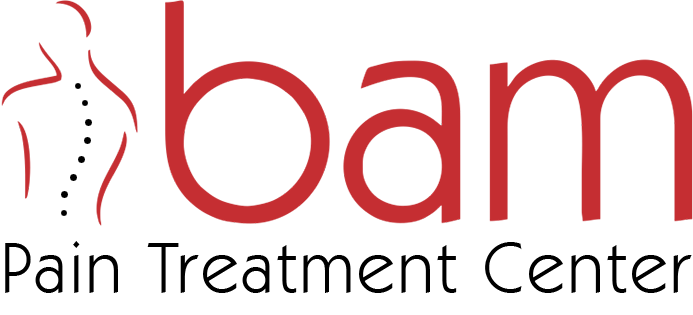This disorder we call avascular necrosis, roughly bone decay or regional bone erosion, can be seen in many of our bones. It occurs more often in childhood and development. The main pathology is the development of the feeding of the bone.
The cause of avascular necrosis is usually unknown. Among the common causes are alcoholism, the use of cortisone, diseases or medications that suppress the immune system, the risk of clotting disorders, and those with inflammatory rheumatism.
Avascular necrosis results in malnutrition of the bone, edema in the bone occurs. During this initial period, nothing can be seen on the x-ray. The patient may not have a pain. As the disease progresses, the structure of the bone gradually deteriorates, becoming more fragile. The patient begins to have pain and functioning colds. If the progression of the disease continues, it causes calcification in the joint that forms the bone, and pain and dysfunction become worse.
In this article we will talk about the avascular necrosis of the head of the femur, which is the bone of the hip joint that we often see in adults.
Femur Head Avascular Necrosis
Osteonecrosis = Avascular necrosis = Bone decay = In this discomfort that we can name as Regional Bone Melt, the blood of the bone is interrupted. Broken dislocations of the hip joint, systemic or local vascular pathologies may cause this. Cortisone and alcohol use in adults are the most common causes.
Patients usually complain of pain in the groin area. Pain is usually spread from the crotch to the string. Movement worsens with walking, decreases with rest. Over time, restriction of the hip joint movements and gait disturbances are seen.
X-rays, magnetic resonance (MR), and computed tomography (CT) are used for diagnosis. In the early period MR is more sensitive.
The most important factor in treatment is the removal of the cause. For example, if alcohol is used, it should be discarded; if cortisone is used, the lowest possible dose should be reduced or discontinued. Blood oils and diabetes should be controlled. The affected joint is not loaded for at least 4-8 weeks. Canes, armchair and similar tools are used. A number of vasoactive drugs, blood thinners, bone remedies are drugs that can be used in therapy. But the effects are not clear. Medicines that have some beneficial properties in the affected area and joint may be given by needle. Hyperbaric oxygen therapy has been found effective in some patients. Surgical options may come to light in patients who do not benefit from these treatments and whose disease progresses.

